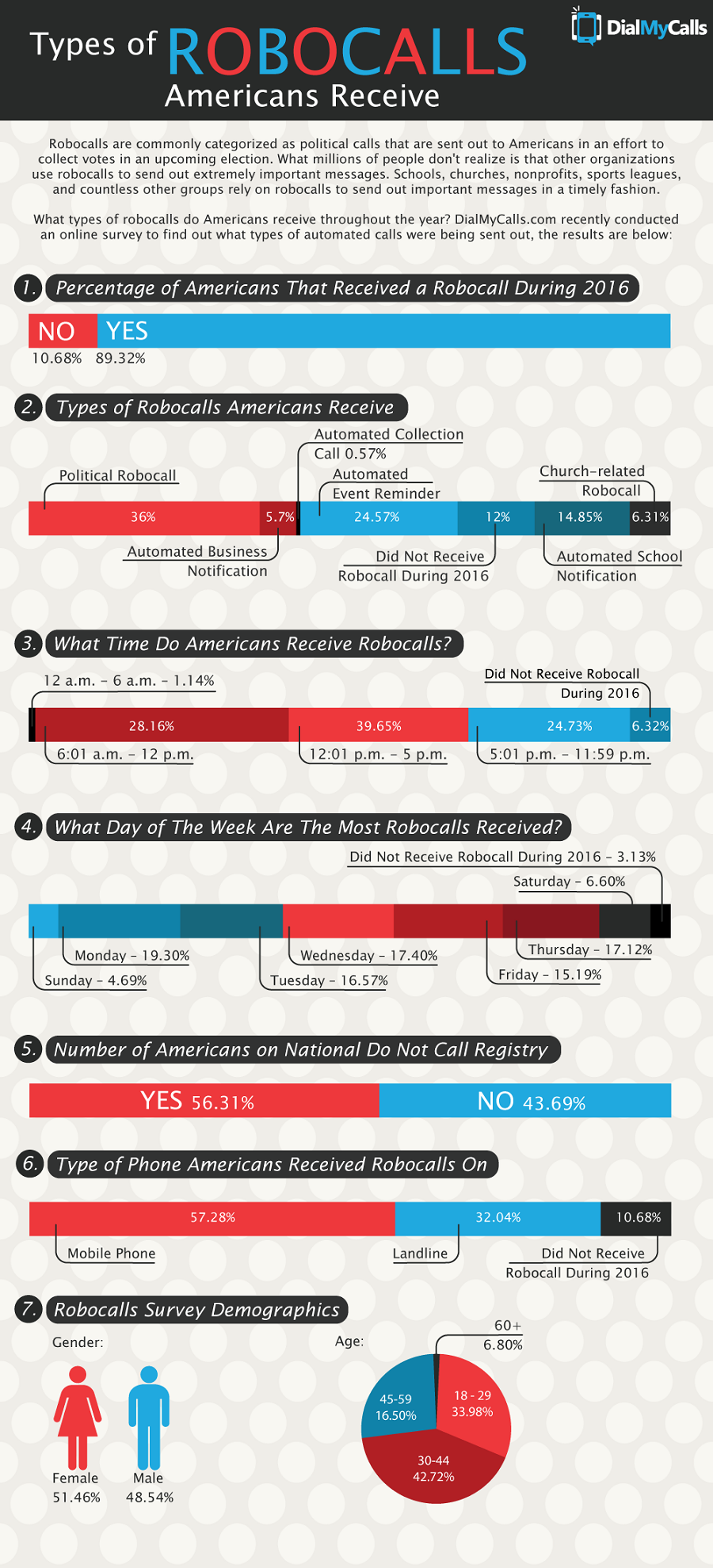Author
Tim Smith is the Media Manager at DialMyCalls, where he has leveraged his expertise in telecommunications, SaaS, SEO optimization, technical writing, and mass communication systems since 2011. Tim is a seasoned professional with over 12 years at DialMyCalls and 15+ years of online writing experience.
Try Using DialMyCalls Right Now
Start For FreeRecent Posts
- 10 Proven Tips To Rapidly Grow Your SMS Subscriber List
- SMS Marketing Metrics: How to Measure and Improve Your Text Campaign’s Success
- What are SMS Carrier Fees and How to Lower Your Costs
- 8 Creative SMS Marketing Ideas to Boost Engagement This Summer
- 15 Ways to Use QR Codes For Event Promotion & Attendee Engagement
Categories
“I am a youth minister and have spent hours in the past calling students individually to remind them of an upcoming event or to get out an urgent announcement. With DialMyCalls.com, I cut that time down to about 1 minute. I also love how I can see exactly who answered live and how long they listened so I know if they heard the whole message. DialMyCalls.com is the best website I have stumbled upon all year! Thanks!”
Central Baptist Church
Try Using DialMyCalls Right Now
Start For FreeInfographic: Types of Robocalls Americans Receive
Posted by Tim Smith in General Post on November 2, 2016
Updated on August 29, 2024
Robocalls are commonly categorized as political calls that are sent out to Americans in an effort to collect votes in an upcoming election. What millions of people don’t realize is that other organizations use robocalls to send out extremely important messages. Schools, churches, nonprofits, sports leagues, and countless other groups rely on robocalls to send out important messages in a timely fashion.
What types of robocalls do Americans receive throughout the year? DialMyCalls recently conducted an online survey to find out what types of automated calls were being sent out, the results are below:
*Percentages are calculated for each robocalls survey question, some questions allowed for multiple responses which is why the percentages vary from question to question.



